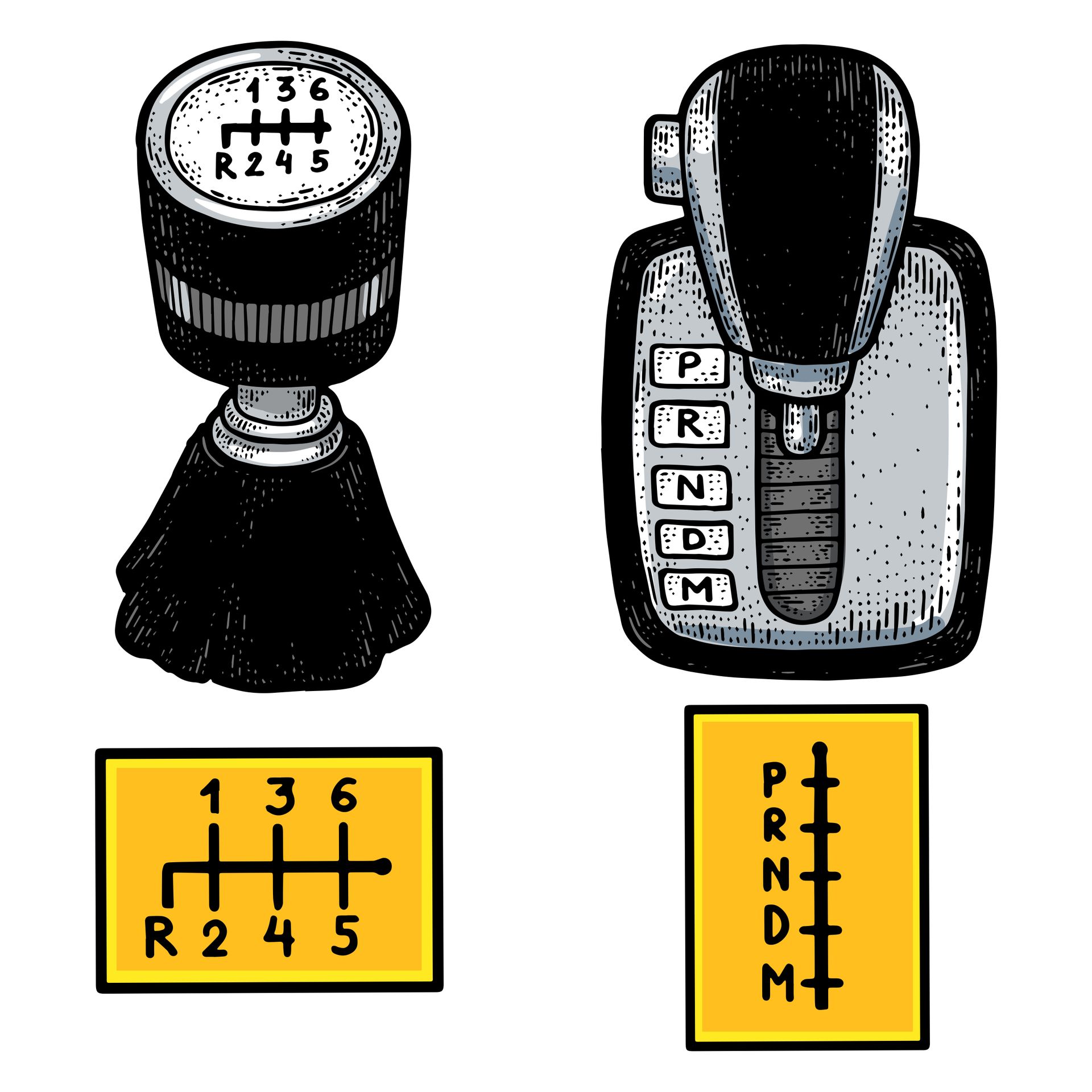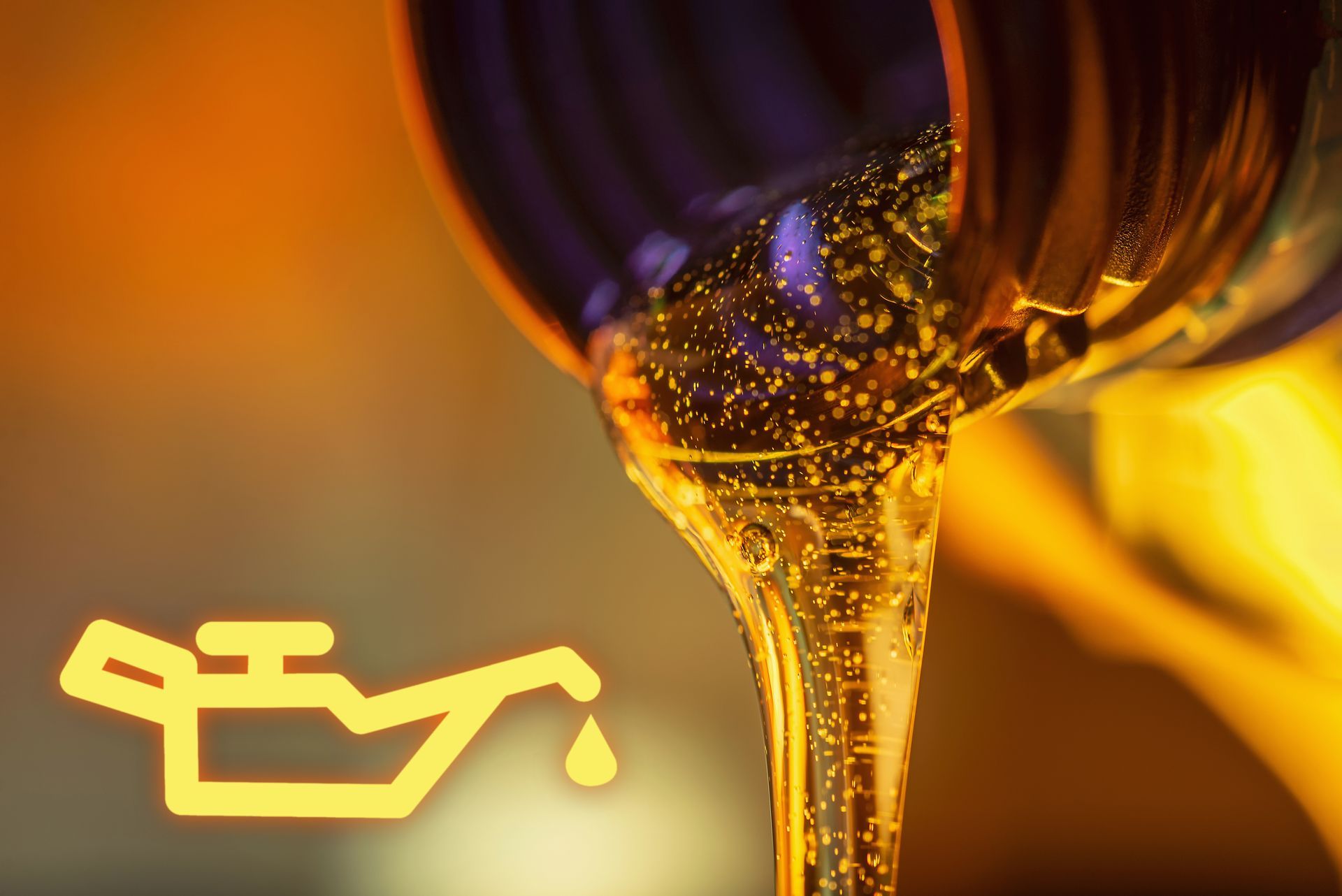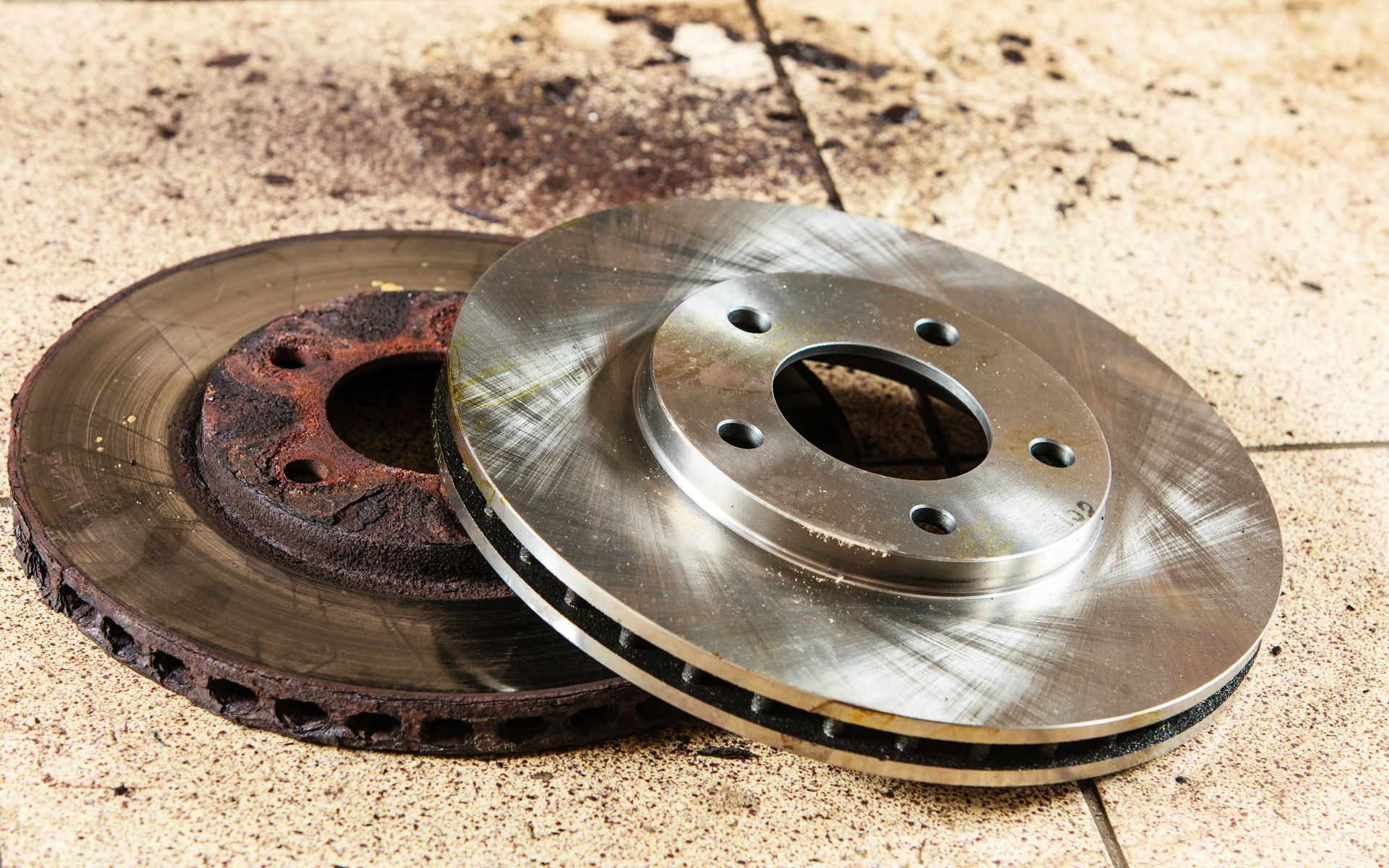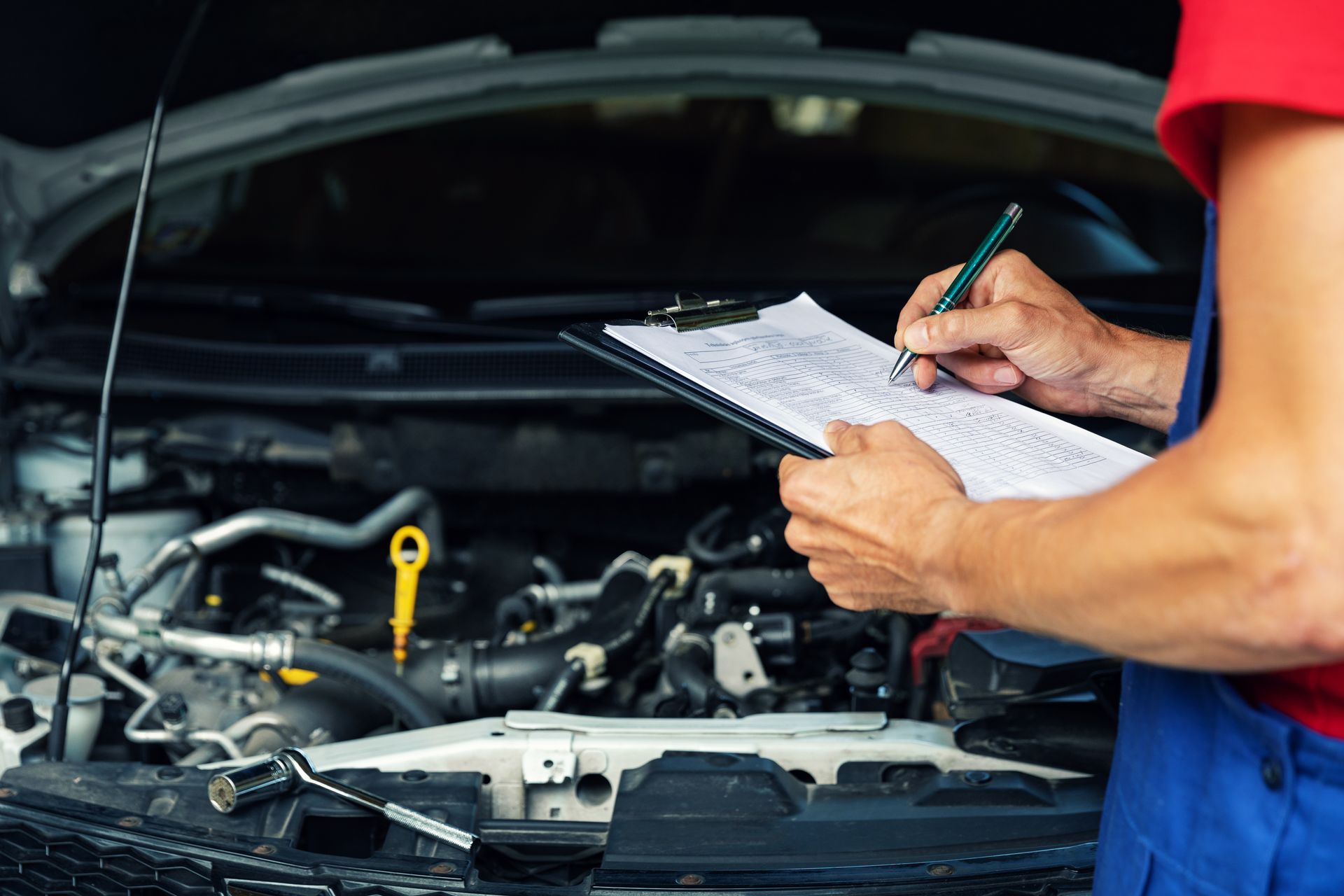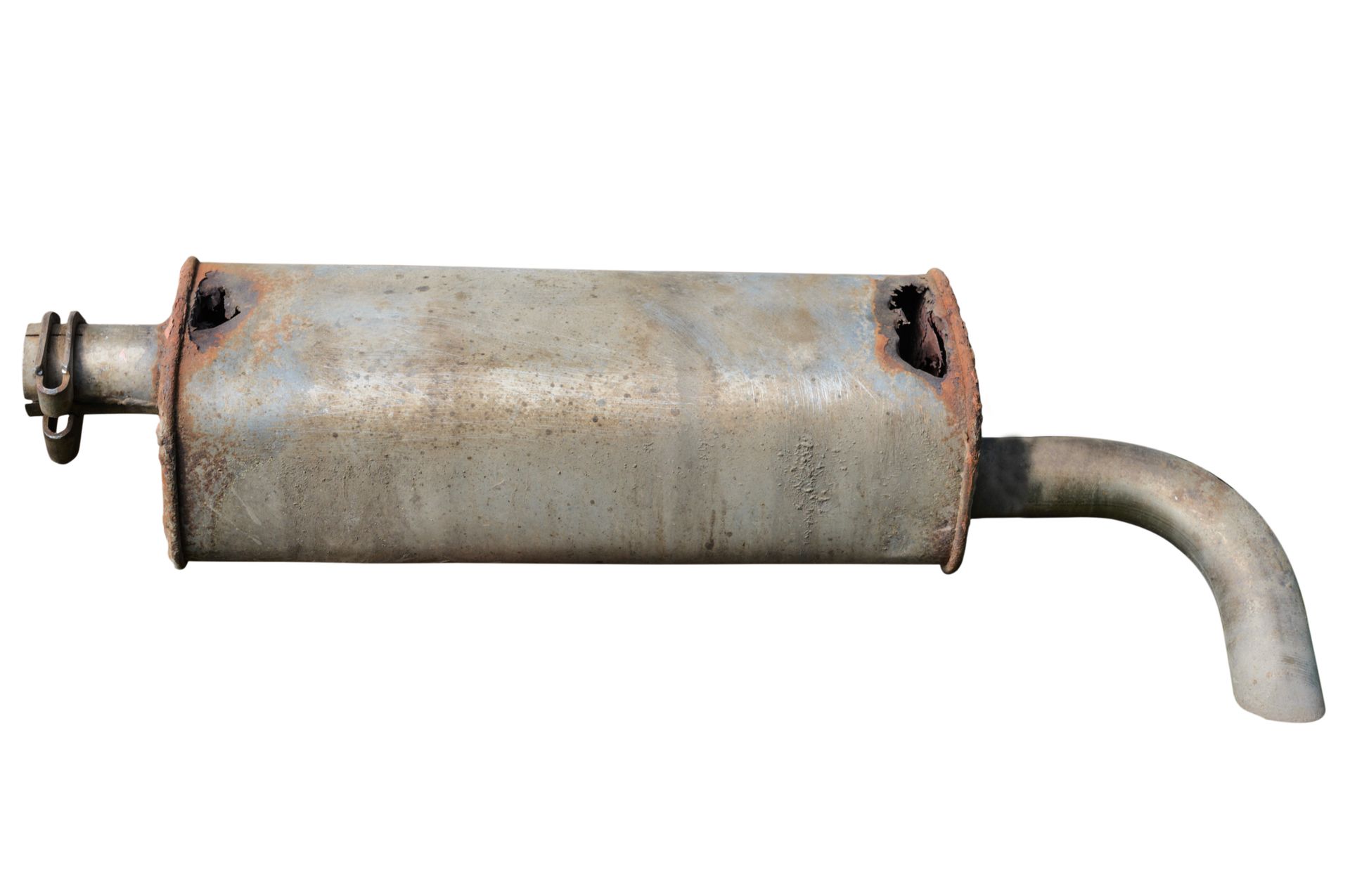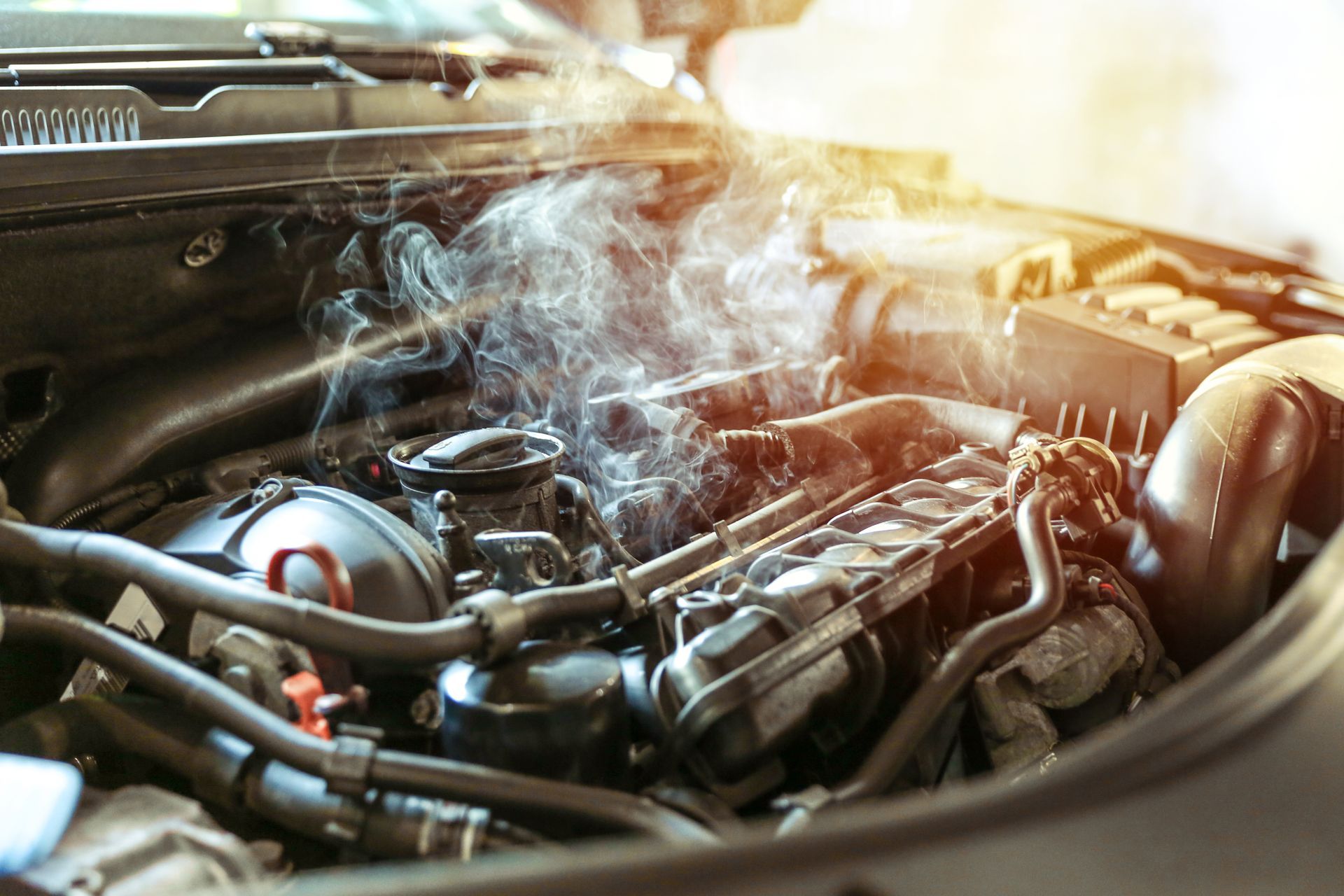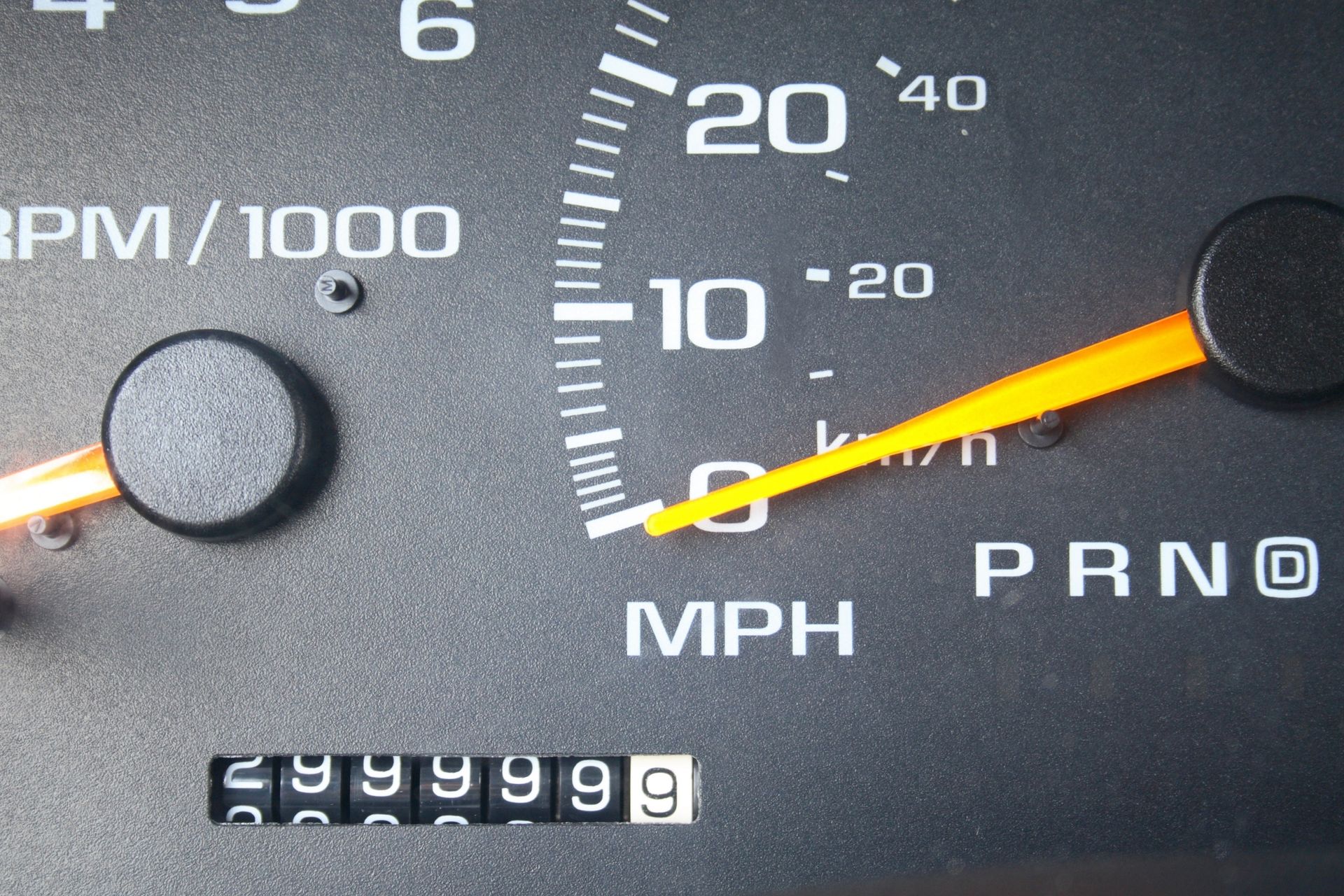The gas pedal, that trusty companion beneath your feet, serves as the hotline between your intentions and the pulsating power of your vehicle. As you press down, the engine responds with a surge of energy, propelling you forward with an exhilarating force.
Yet, what happens when this connection falters, leaving you perplexed by a strange and unpredictable sensation? Before anxiety takes the wheel, let's delve into the inner workings of this critical automotive component and decipher the potential reasons behind its enigmatic behavior.
UNDERSTANDING THE GAS PEDAL MECHANISM
Before exploring the reasons for its peculiar sensations, it's vital to comprehend the fundamental mechanics of the gas pedal. This simple yet crucial apparatus operates in conjunction with the throttle, a valve regulating the flow of air into the engine. When the gas pedal is depressed, it sends a signal to the throttle, instructing it to open and allow more air into the engine. This increased airflow results in a higher fuel injection, consequently boosting the vehicle's speed and acceleration.
THROTTLE POSITION SENSOR ISSUES
When the throttle position sensor malfunctions, it can result in irregular or unresponsive behavior from the gas pedal. This may manifest as an uncharacteristic delay in acceleration even when the gas pedal is pressed, or as sudden, jerky movements in the vehicle's speed. In some cases, the engine might also struggle to maintain a consistent speed, fluctuating without any input from the driver.
CLOGGED AIR FILTERS
A clogged air filter obstructs the smooth flow of air into the engine, disrupting the crucial balance of the air-fuel mixture. As a result, the gas pedal may feel uncharacteristically sluggish, requiring more pressure to achieve the desired acceleration. Additionally, the engine might exhibit reduced power and efficiency, leading to poor fuel economy and an overall lackluster driving experience.
FAULTY ACCELERATOR CABLE
Wear and tear in the accelerator cable can lead to several noticeable signs. A frayed or stuck accelerator cable can cause the gas pedal to feel stiff or unresponsive, requiring excessive force to achieve the desired acceleration. In some cases, the gas pedal might also get stuck in a specific position, making it difficult to modulate the speed smoothly.
ELECTRONIC CONTROL UNIT GLITCHES
Malfunctions in the electronic control unit (ECU) can result in erratic signals being sent to the throttle. This can cause the gas pedal to feel overly sensitive or unresponsive, leading to sudden surges or drops in speed without corresponding changes in the pedal position. In severe cases, the engine might even enter a limp mode, drastically limiting its performance to prevent further damage.
VACUUM LEAKS
Vacuum leaks in the engine can disrupt the optimal air-fuel mixture, causing the gas pedal to exhibit irregular behavior. Such irregularities might include a sudden increase in engine RPM without a proportional increase in speed, or a delay in acceleration despite pressing the gas pedal.
Don't let fueling problems go unnoticed! Your safety is at risk each second you ignore your vehicle needs - contact Grahams Auto & Truck Clinic, and we will be happy to help out with your repair and maintenance tasks.


